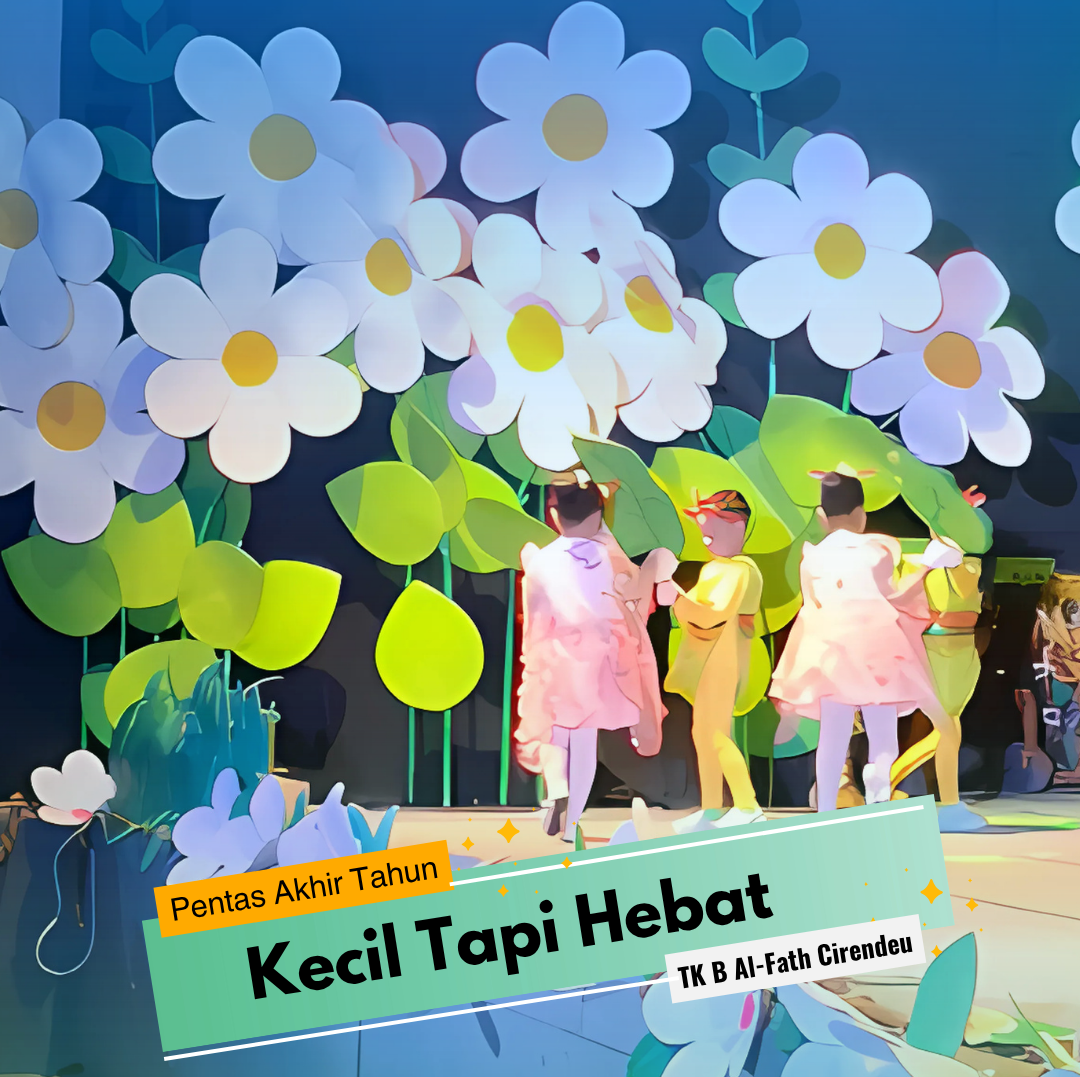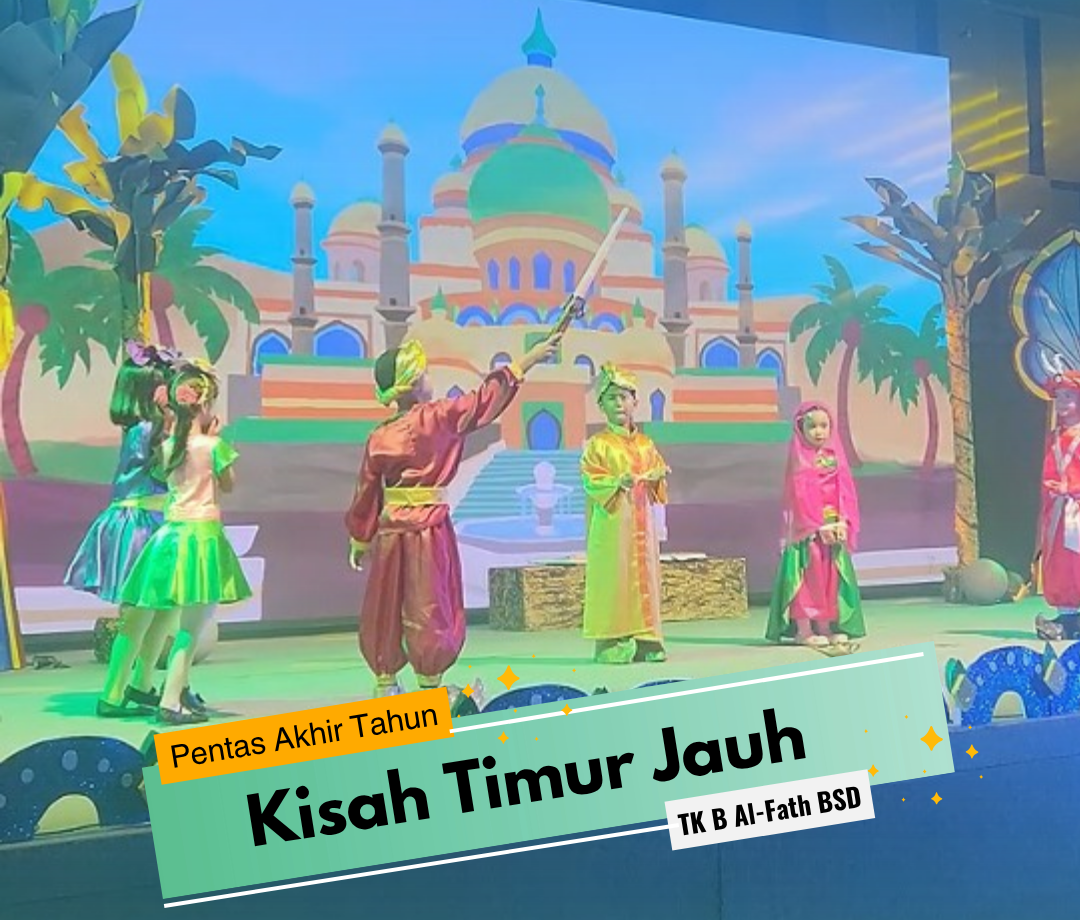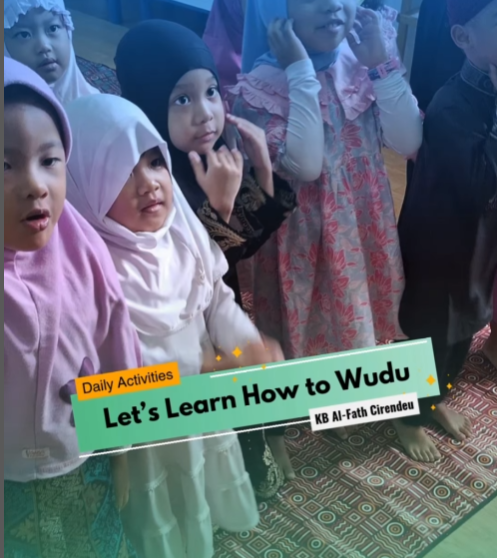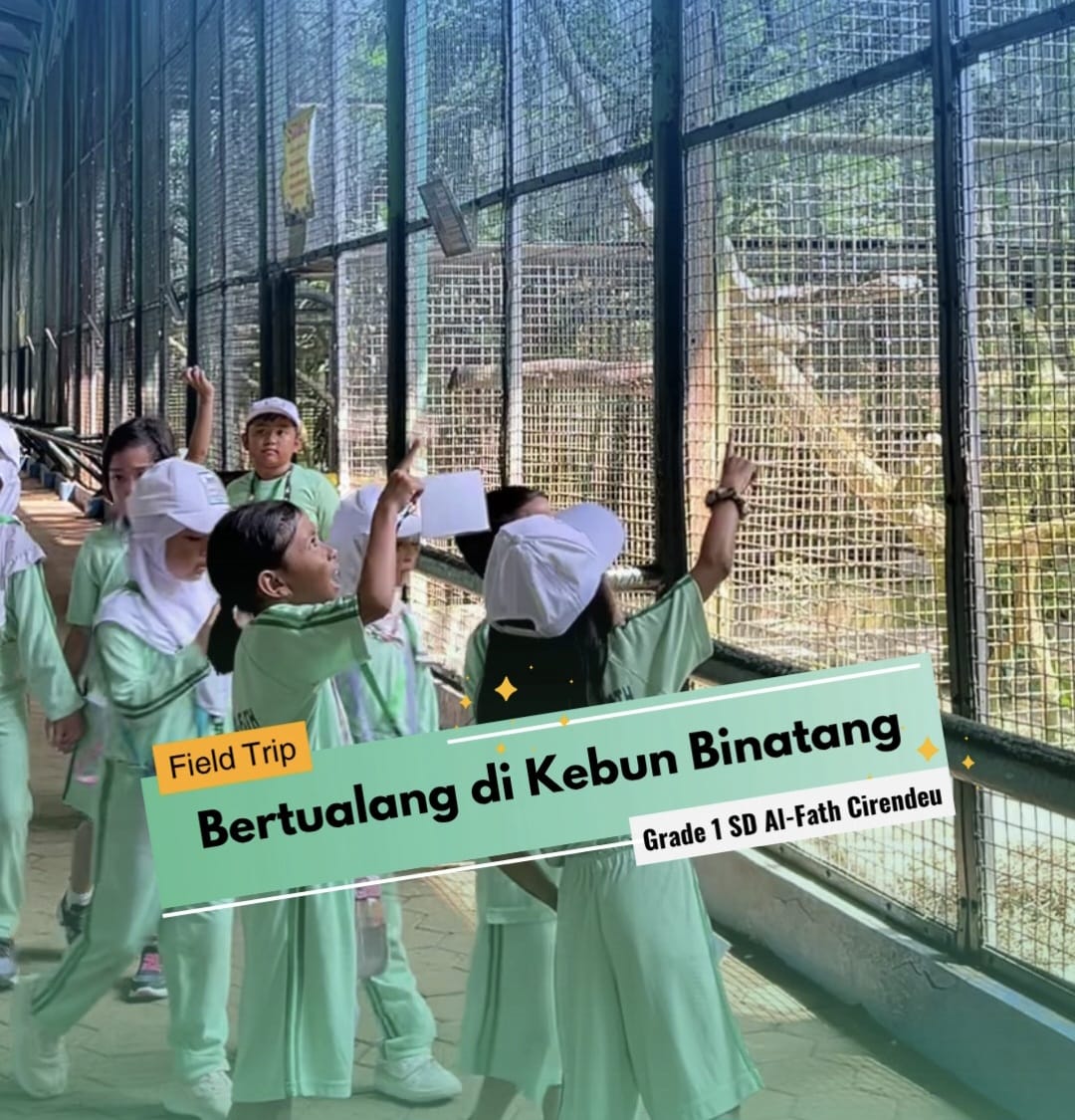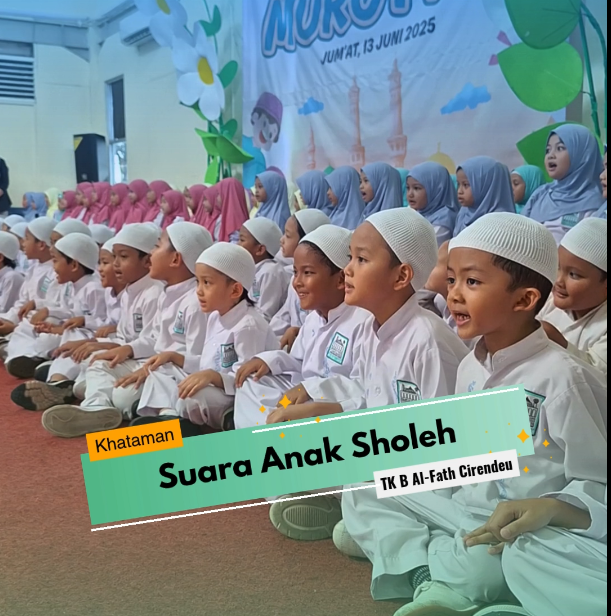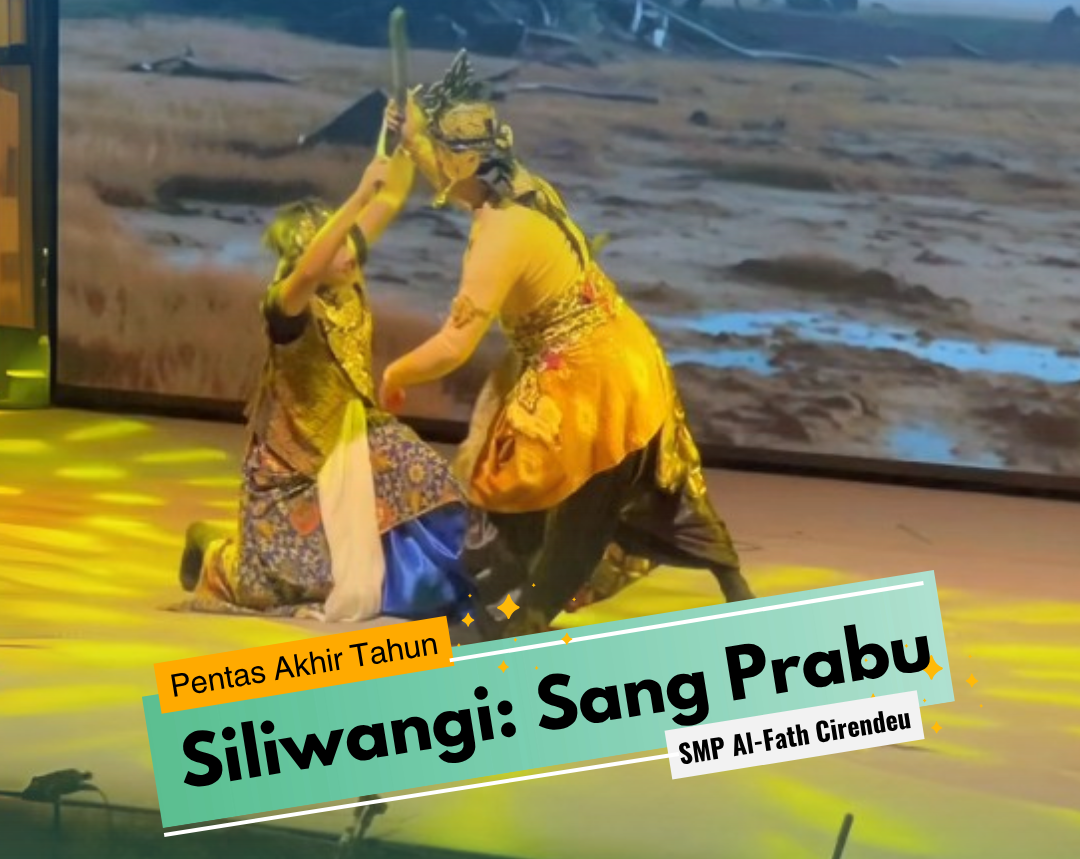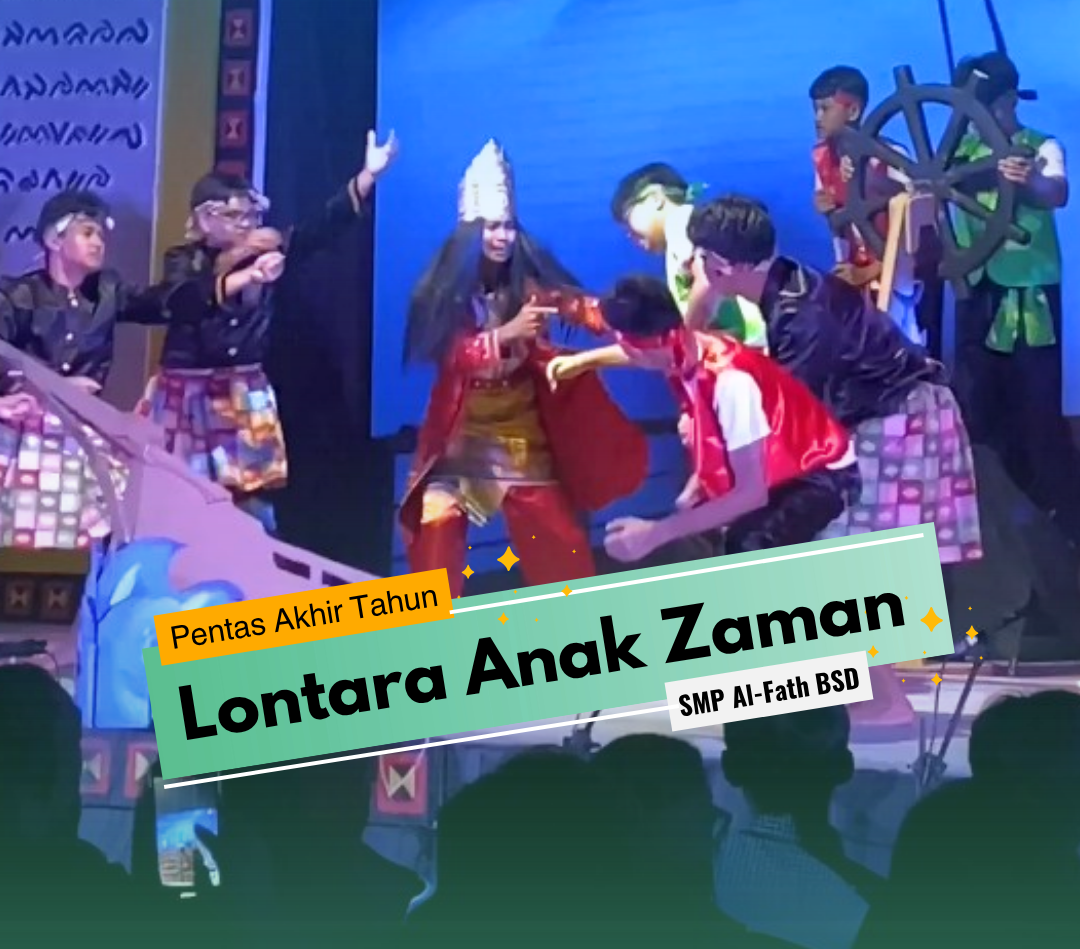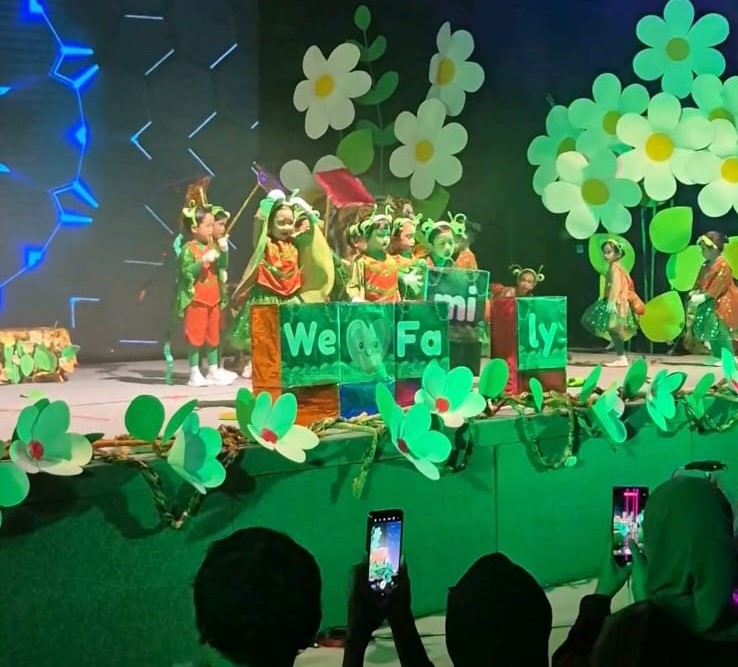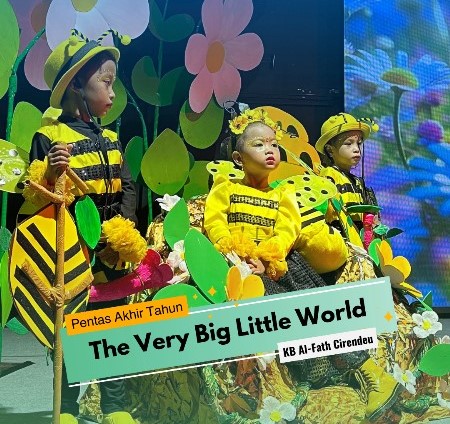“Siapa sangka, dunia lebah dan serangga apapun bisa menyembunyikan petualangan terbesar dan pelajaran hidup paling berharga?”
Petualangan Koloni Lebah Cilik Al-Fath Cirendeu
Hari ini, Auditorium Al-Fath High School menjadi panggung megah bagi aksi menggemaskan siswa-siswi TK B Al-Fath Cirendeu. Dengan tatanan cahaya yang luar biasa, mereka membawakan kisah fantastis “The Colony”. Drama ini membawa kita menyelami kehidupan koloni lebah yang luar biasa, menunjukkan bagaimana kerja sama dan kekompakan menjadi kunci utama mereka dalam menghadapi berbagai tantangan.
Dengan kostum yang lucu dan tingkah polah yang menggemaskan, setiap lebah kecil, semut, kupu-kupu dan ulat di panggung berhasil mencuri perhatian. Mereka terbang ke sana kemari, saling membantu, dan menunjukkan semangat pantang menyerah yang membuat orang tua murid terhibur sekaligus bangga. Aksi mereka adalah bukti nyata bahwa bahkan makhluk terkecil pun bisa mencapai hal-hal besar ketika mereka bersatu dan bekerja sama.
Saksikan Petualangan Lengkapnya!
Sungguh sebuah pertunjukan yang menghangatkan hati dan penuh inspirasi! Jangan lewatkan setiap momen lucu dan menggemaskan dari petualangan “The Colony” ini. Saksikan tayangan lengkapnya di akun YouTube resmi Al-Fath School Indonesia dan rasakan sendiri kebahagiaan yang mereka tebarkan!
.
Klik link ini untuk melihat cuplikan kelucuan merekahttps://www.instagram.com/reel/DL1INs0Se8x/
